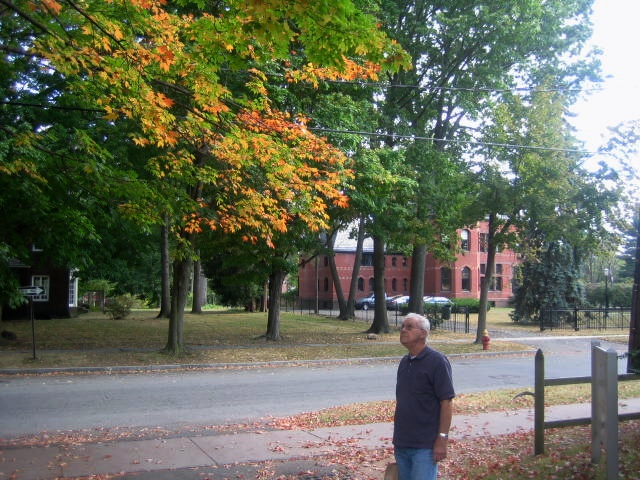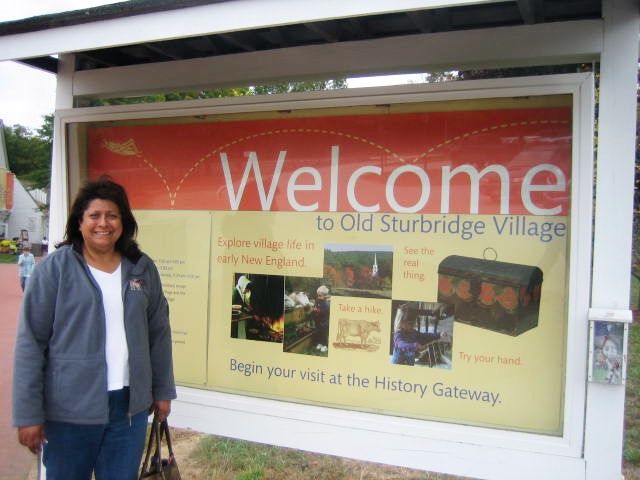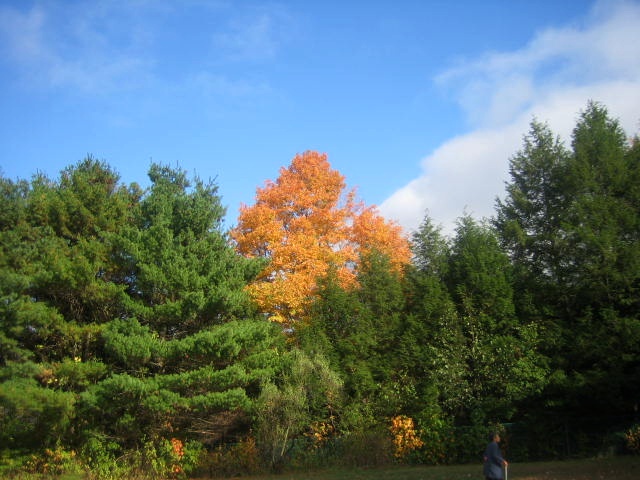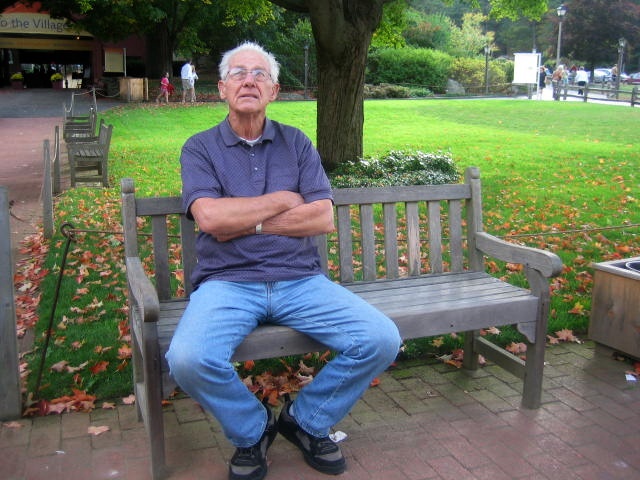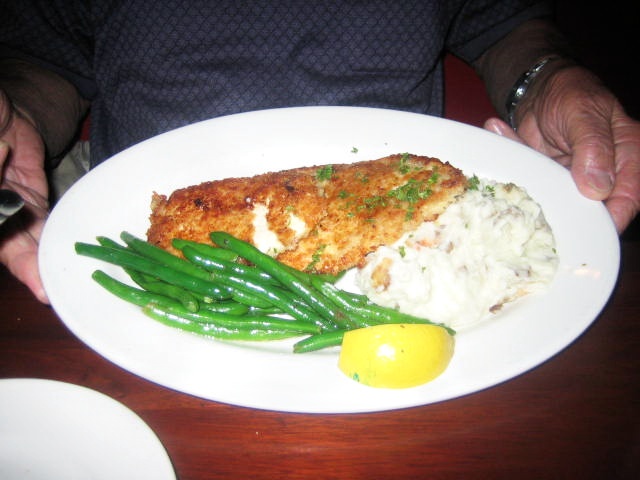Fall Foliage Adventure Part Three

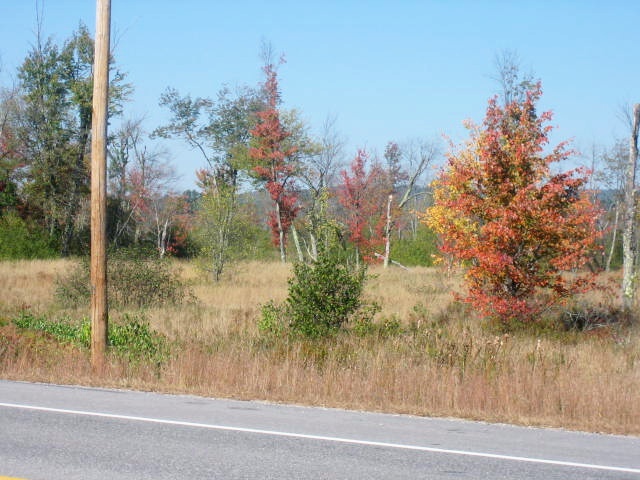

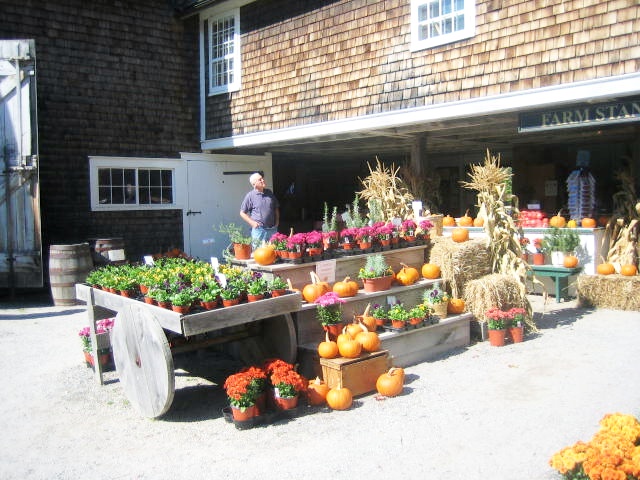


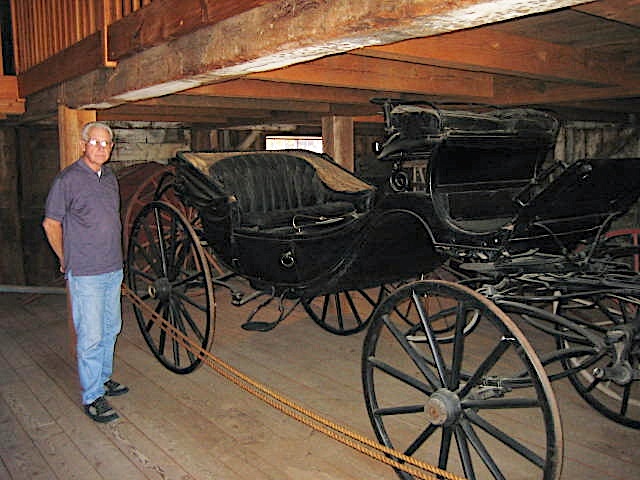

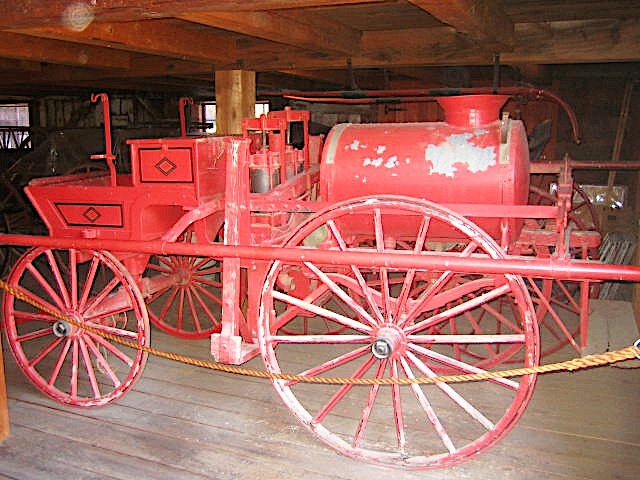
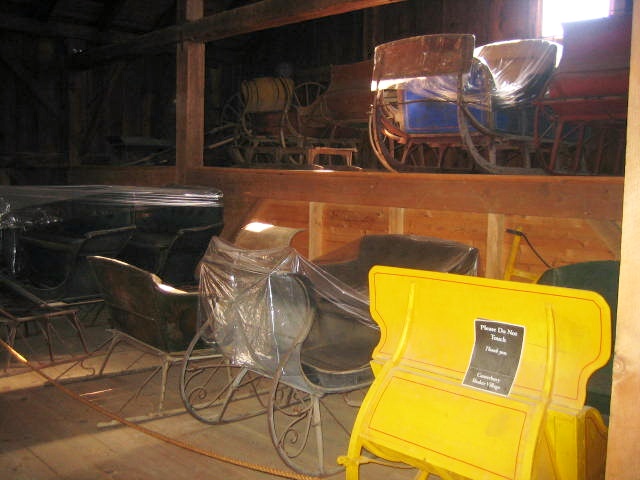
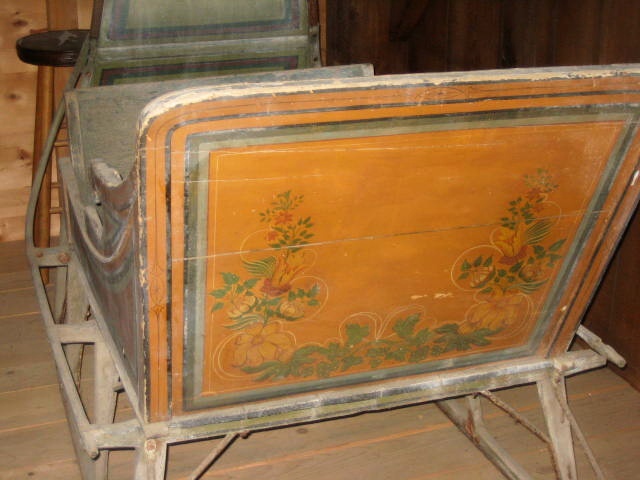
Amazing craftsmanship!


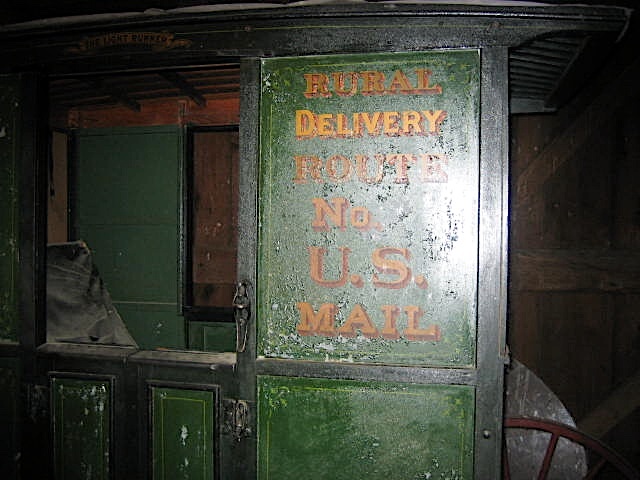

Shaker Village
Did You Know? - The Shakers, a Protestant religious denomination officially called The United Society of Believers in Christ's Second Appearing, originated in Manchester, England in 1772 under the leadership of Mother Ann Lee, who moved the nine-person group to New York in 1774.
The oral tradition of the Shakers, gathered at the death of Mother Ann Lee, insists on two dates for the origin of their movement: 1706, the coming of five "French prophets" to London, well recorded in historical sources as camisards from Cévennes in the south of France after a five-year against the king of France, prophesying the end of times to gather English popular Puritans for the final Armageddon. The second one, 1747, is the first contact of Mother Ann Lee with James Wardley, a preacher who maintained in a small group the "possession by the spirit" of the French prophets. This oral tradition has not found written confirmation, but is consistent with the 18th-century history of English Protestantism, the relegation of popular Puritanism to small groups very reluctant to appear in public as did their Elizabethan ancestors.
The Shakers built 19 communal settlements that attracted some 200,000 converts over the next century. Strict believers in celibacy, Shakers maintained their numbers through conversion and adoption of orphans. Turnover was very high; the group reached maximum size of about 6,000 full members in 1850, but now has only four members left.
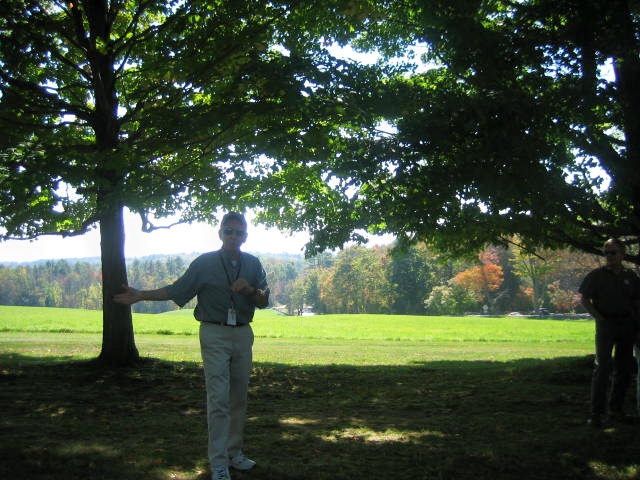
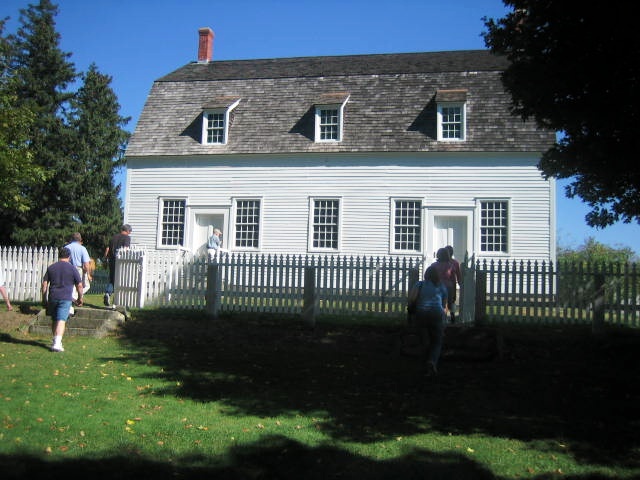


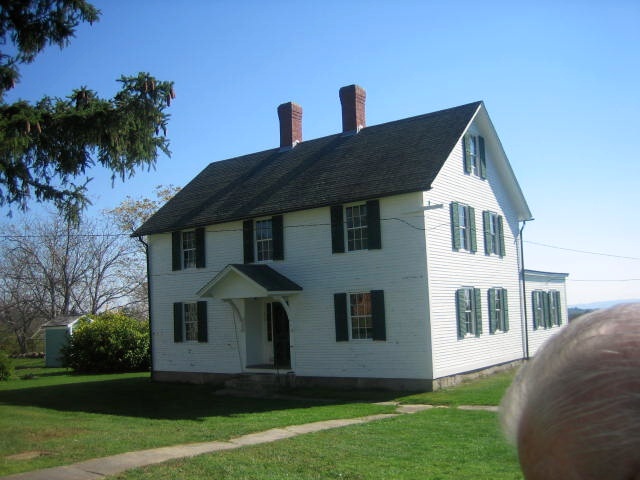
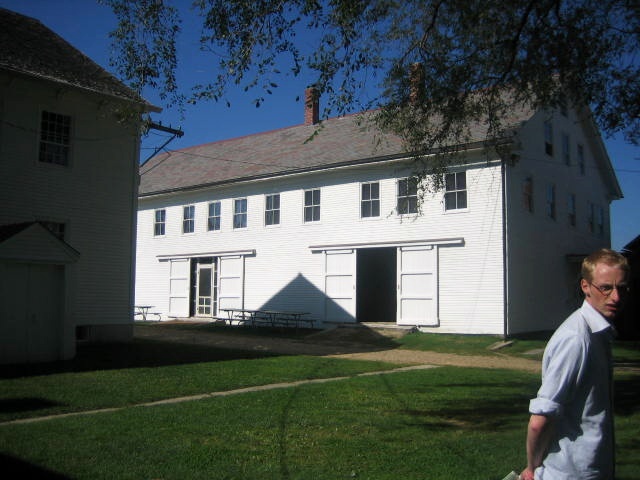
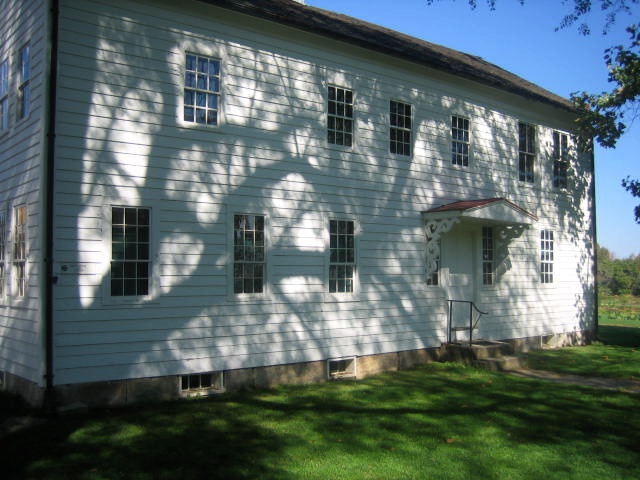
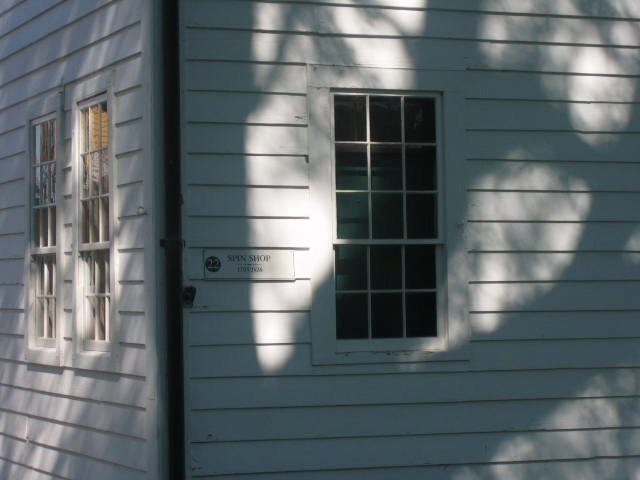
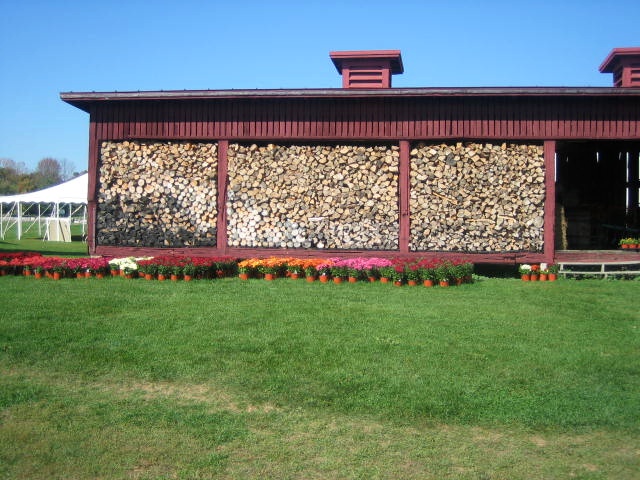

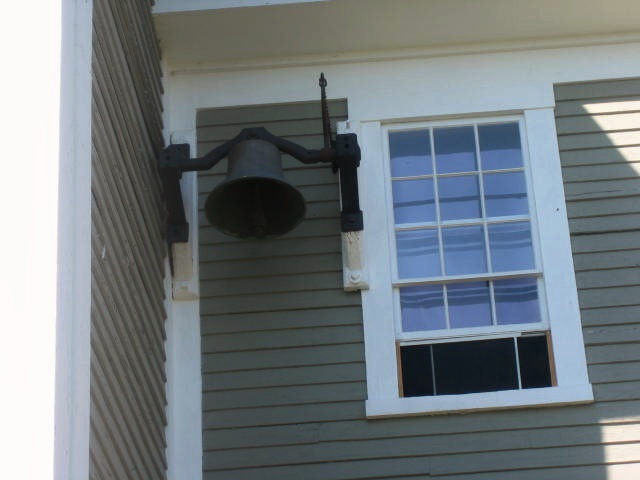
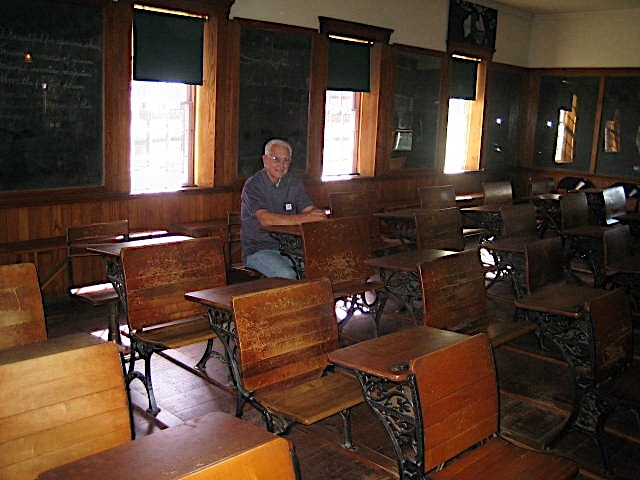 Just like I remember
Just like I remember
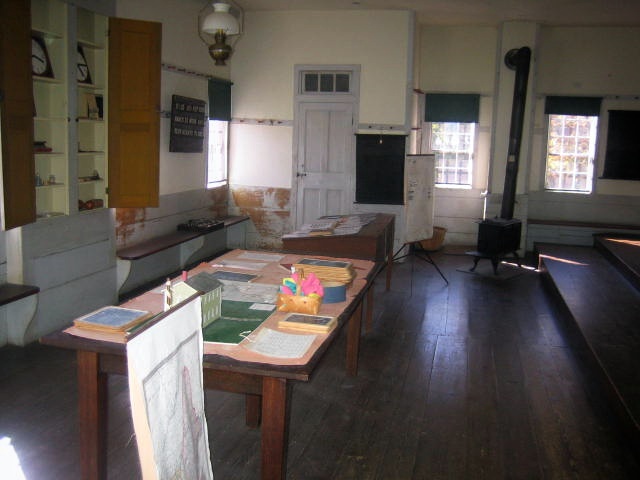
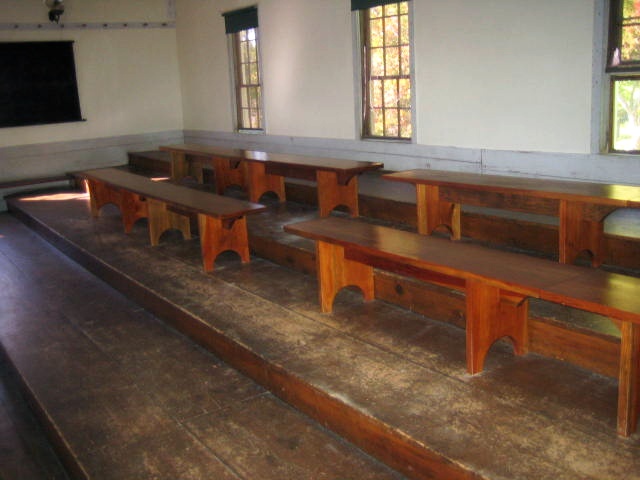


Mark Twain's Home And Museum In Hartford Connecticut
Did You Know? - Samuel Langhorne Clemens (November 30, 1835 – April 21, 1910), better known by the pen name Mark Twain, was an American humorist, satirist, lecturer and writer. Twain is most noted for his novels Adventures of Huckleberry Finn, which has since been called the Great American Novel, and The
Adventures of Tom Sawyer. He is also known for his quotations. During
his lifetime, Twain became a friend to presidents, artists, leading
industrialists and European royalty.
Twain enjoyed immense public popularity, and his keen wit and incisive
satire earned him praise from both critics and peers. American author
William Faulkner called Twain "the father of American literature."
In 1871, Twain moved his family to Hartford, Connecticut, where starting in 1873 he arranged the building of a dramatic house for them, which local admirers saved from demolition in 1927 and eventually turned into a museum focused on him.






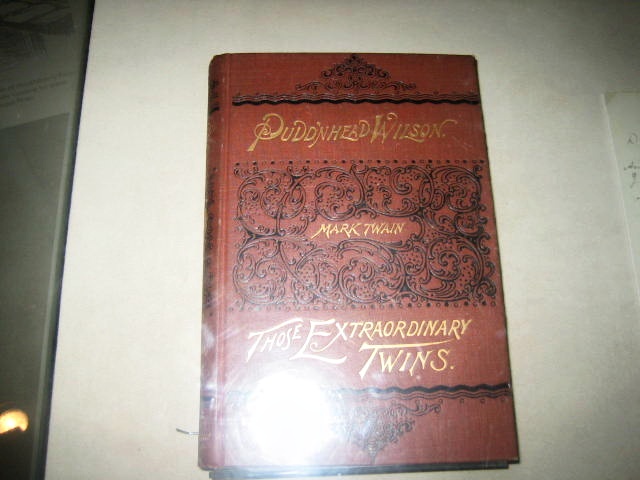
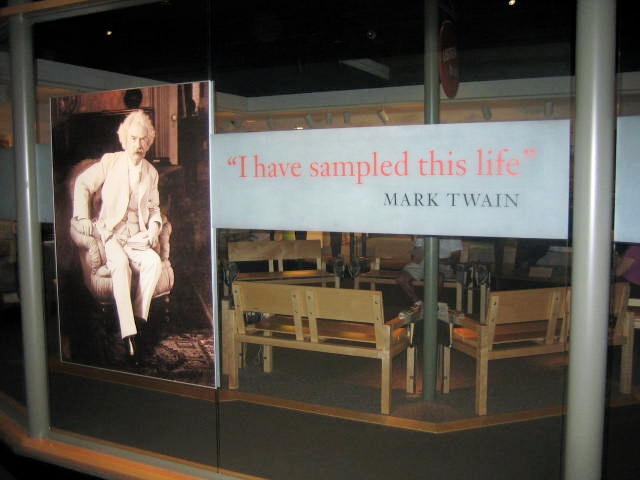


Food And Famous New England Pizza
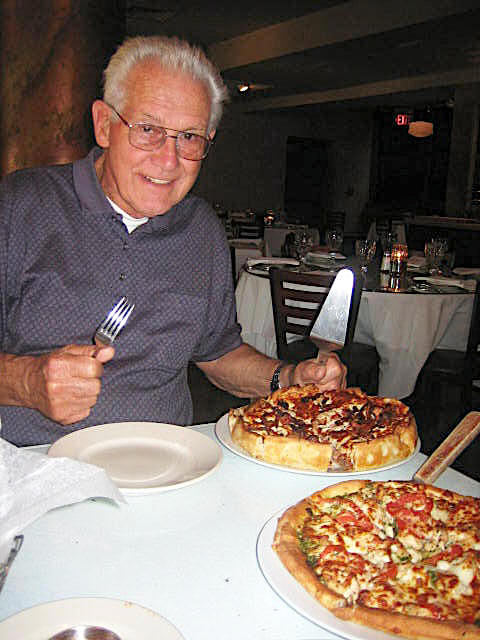



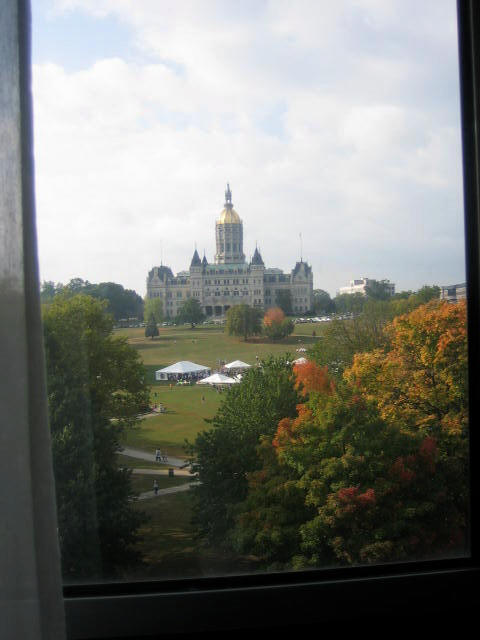
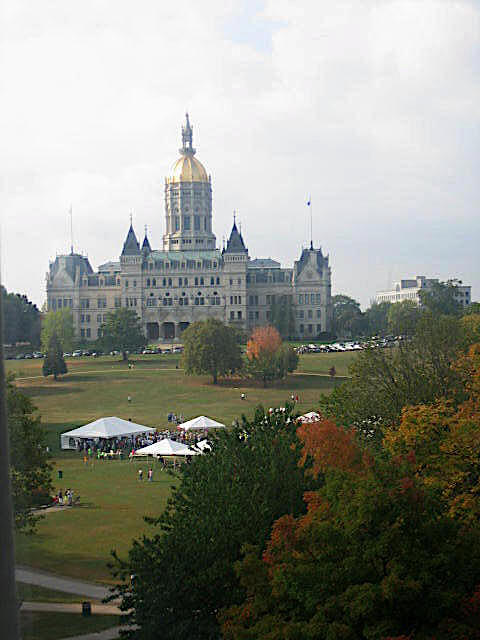
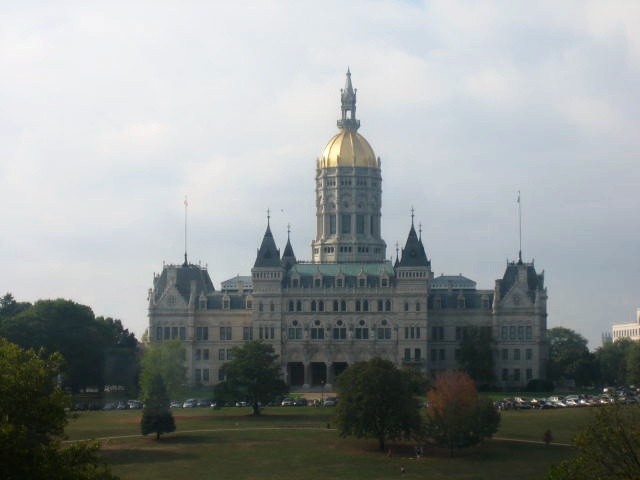
Harriet Beecher Stowe
Did You Know? - Harriet Elizabeth Beecher Stowe. (June 14, 1811 – July 1, 1896) was an American abolitionist and novelist, whose Uncle Tom's Cabin (1852) attacked the cruelty of slavery; it reached millions as a novel and play, and became influential, even in Britain. It made the political issues of the 1850s regarding slavery tangible to millions, energizing anti-slavery forces in the American North. It angered and embittered the South. The impact is summed up in a commonly quoted statement apocryphally attributed to Abraham Lincoln when he met Stowe, "So you're the little woman who wrote the book that started this great war!"
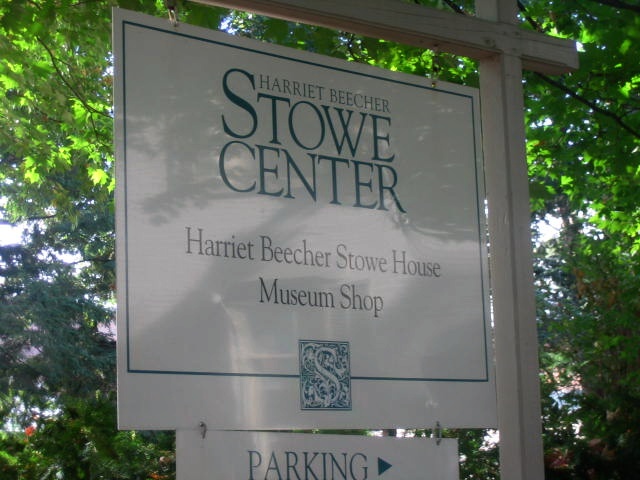
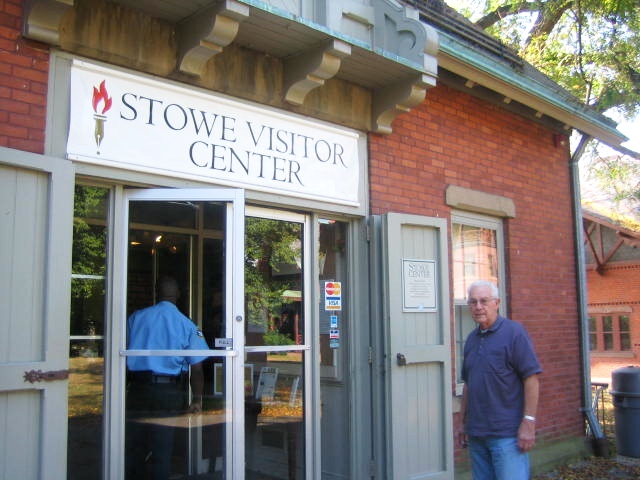



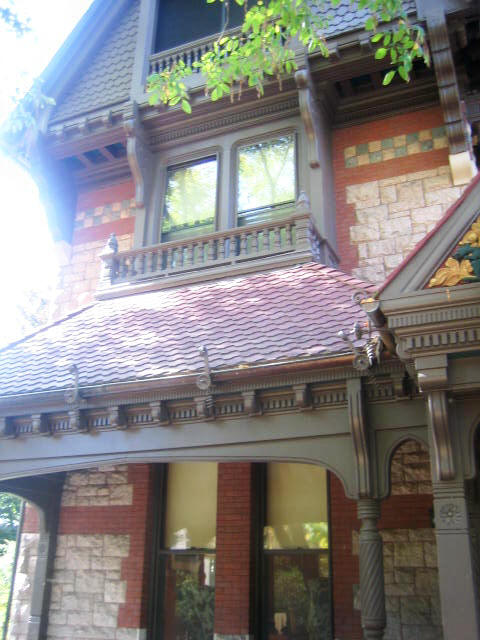
Did You Know? - Born in Litchfield, Connecticut in the year 1811, she was the daughter of Lyman Beecher, an abolitionist Congregationalist preacher from Boston, and Roxana Foote Beecher. She was the sister of the renowned minister Henry Ward Beecher. Roxana died when Harriet was four. She had two other prominent and activist siblings, a brother, Charles Beecher, and a sister, Isabella Beecher Hooker. In 1832, her family moved to Cincinnati, another hotbed of the abolitionist movement, where her father became the first president of Lane Theological Seminary. There she gained second-hand knowledge of slavery and the Underground Railroad and was moved to write Uncle Tom's Cabin, the first major American novel with an African-American hero. She never visited a plantation, but did talk with former slaves.
In 1836 Harriet Beecher married Calvin Stowe. They moved to Brunswick, Maine, when he became a professor at Lane Theological Seminary. Harriet and Calvin had seven children, but four of the seven died before she did. Her first children were twin girls named Hattie and Eliza. They were born on September 29, 1836. Four years later, in 1840, her son Frederick William was born. In 1848 the birth of Samuel Charles occurred, but in the following year, he died during a cholera epidemic. Because of the pain she felt when she lost her son Samuel, she attributed it to how a mother in slavery would have felt being sold away from her children at the selling block. This was the biggest factor behind her writing Uncle Tom's Cabin, seen in her character Eliza Harris who runs away from slavery when her son was going to be sold away from her.

